Injury tunes the awareness of the body. It reminds us (me) that we are limited and not impervious. Injury tests the mental and emotional space, asking if we are strong enough to be humble and admit our limits.
For me, this means that with my current injury, when I attend a yoga class, that I can’t do downward facing dog (such a yogi staple). While everyone else breathes through a downward-dog-based series of movements, I try not to be impatient while in a modified child’s pose (yes, even child’s pose must be modified). I’ve got a lot to learn.
Injury triggers the intentionality of seeking help, resting, actively recovering, and modifying.
seek help for an injury
Seeking help is not my strong point (am I alone in this?). The past two times I’ve injured myself badly, I was afraid of going to the doctor. I’m ashamed that the main reasons that kept me from seeking professional care was money and fear of what they might tell me. So I suffered, and I tried to care for myself.
But do you know what happens when a culmination of old injuries make a new injury? A lot more pain, that’s what. After the newest injury, I couldn’t ignore it like past ones. The pain was weird, traveling from shoulder blade muscles to finger tips with a combination of tingles and numbness. Sometimes, it felt like someone had dumped cold water down my arm, but no one had. At moments, sharp pain would hit so hard in my bicep that I couldn’t breathe.
When I was struggling to breathe through the pain and taking painkillers to sleep, I knew I needed help. This was not just muscle soreness. I suspected it was the nerve. And I was right. The chiropractor confirmed it, set me up with three months of adjustments, and a bunch of at-home exercises.
take a break to heal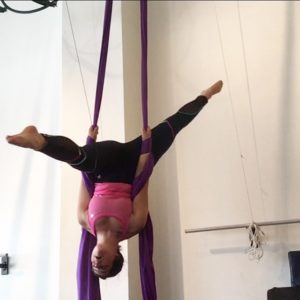
You know what else is hard about an injury? It’s taking a break from the fitness routine that you’ve come to love and that you’re slowly improving in. Break = Setback. #idontwanna
And so, for me, I am currently on break from doing my favorite happy-maker Aerial Silks with Iron City Circus Arts. I’m still signed up for a 6-week session, and I’ve already had to skip two classes. Each week, I fight back tears when the chiropractor tells me, again, to stay off the silks.
Sinking into this intentional rest is harder than I thought because for a book-reading-couch-potato, I’m much more active than I thought. I like hanging off of things, challenging my brother to Dance Dance Revolution (he’s better than me by the way), and working on my handstands. By the way, two out of those three activities are no-nos right now. And I figured that out by doing them… #facepalm
actively recover from injury
Part of resting is also working on active recovery. For example, my chiropractor not only adjusts me 3x/week right now, but he’s also given me at-home exercises. My least favorite exercise is where I walk around the apartment for 15 minutes with a head weight on my head (I need to bedazzle that awful thing). Basically, I’m in the process of training my muscles to hold my neck in a way that won’t pinch the nerve that runs through my left arm.
Even though the idea of rest conjures the idea of just sleeping and not moving, but active recovery is all about active. Our bodies are made to move. When I work out (even just a long walk), I sleep better at night. To me, that’s pretty good proof for exercise.
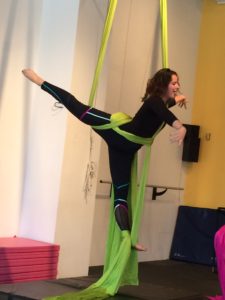 begin again and modify
begin again and modify
Beginning strenuous exercise again requires an iron will of grace. Yes, grace. Rushing into the movement and pushing to the max on the first day back to exercise could send anyone back to day 1 of injury rest. For me, I’m terribly self-competitive, and I know I can do that thing the instructor just modeled (when I’m in good health). During injury recovery, intentionally pacing myself and modifying the movement even if it means that I don’t do the body challenging thing just modeled requires extreme control. I must offer my body the grace and space to not perform.
Of course there are moments to push and challenge yourself, but not when your injury is healing. The last thing you want to do is aggravate the injury. Modify the movements. If you don’t know how to modify, ask for help (yes, I know that’s hard).
how do you deal with injury?
I know people who don’t want to work out ever because they fear injury so they don’t care for their bodies. But then, I know others (myself) who are constantly pushing and becoming injured. And as I am humbled yet again by another injury, I’m wondering how you deal with injury. How do you modify? What’s your mindset? What type of exercise do you do and what’s your after-care like? Do you visit a chiropractor or a physical therapist or someone else?
Amazing athletes suffer injuries on a routine basis, but it took me a long time to know this. I thought they were just super human. I want to know these injury stories alongside their gold medal moments.
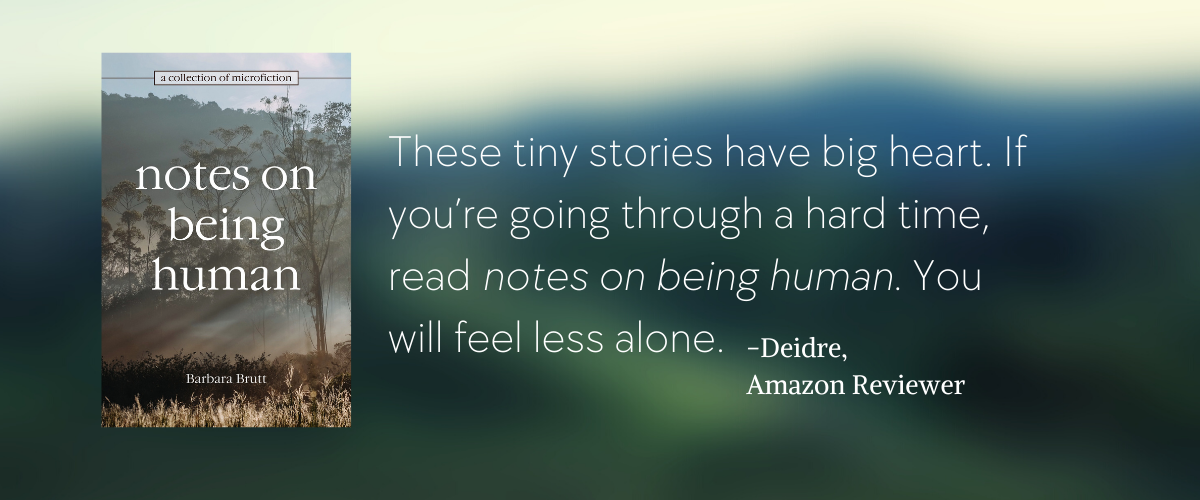
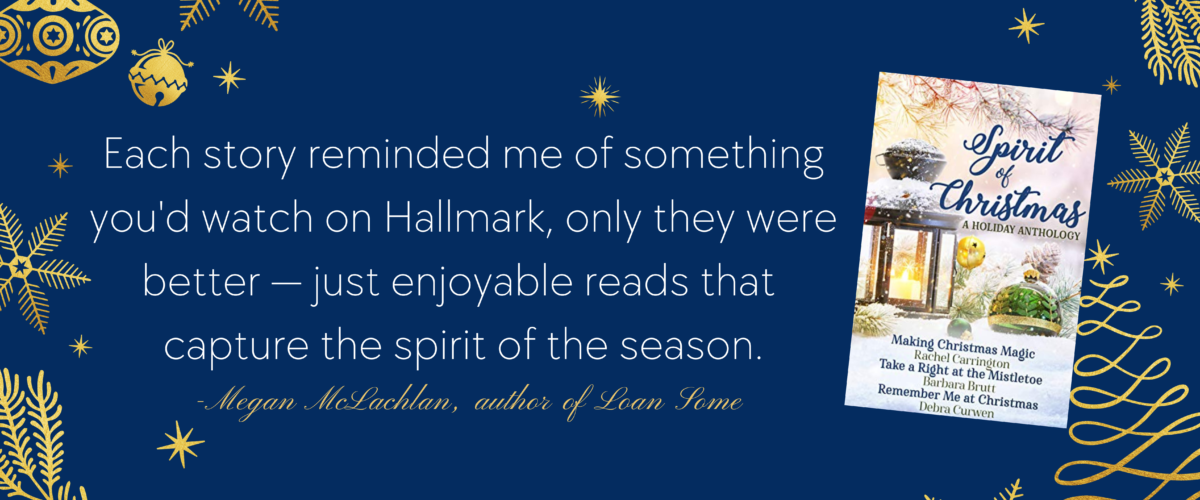
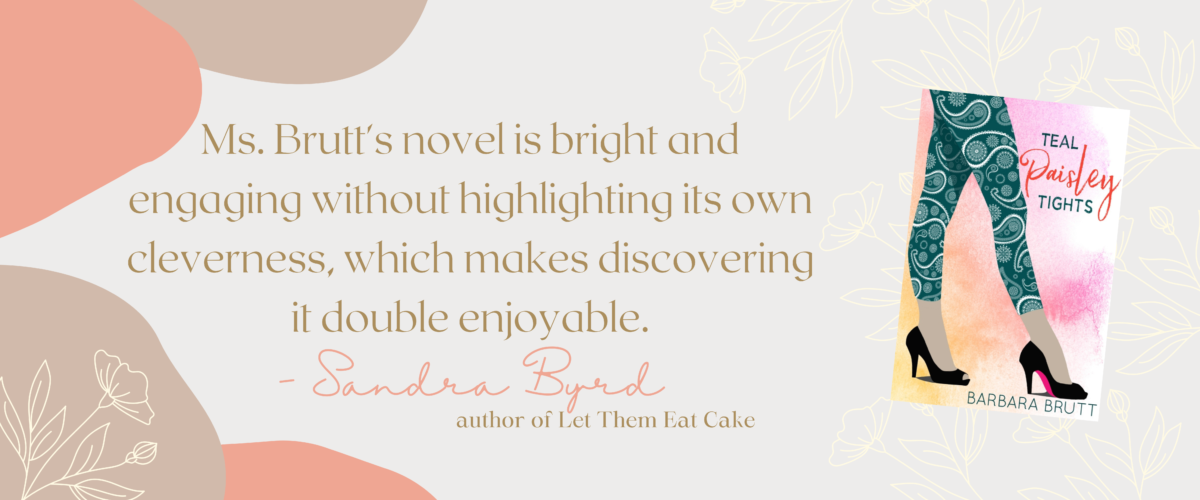

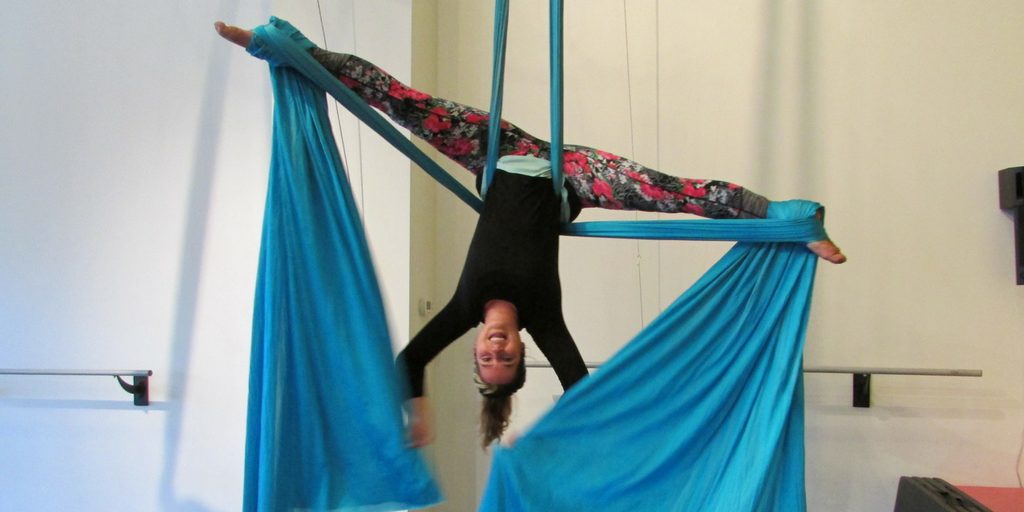
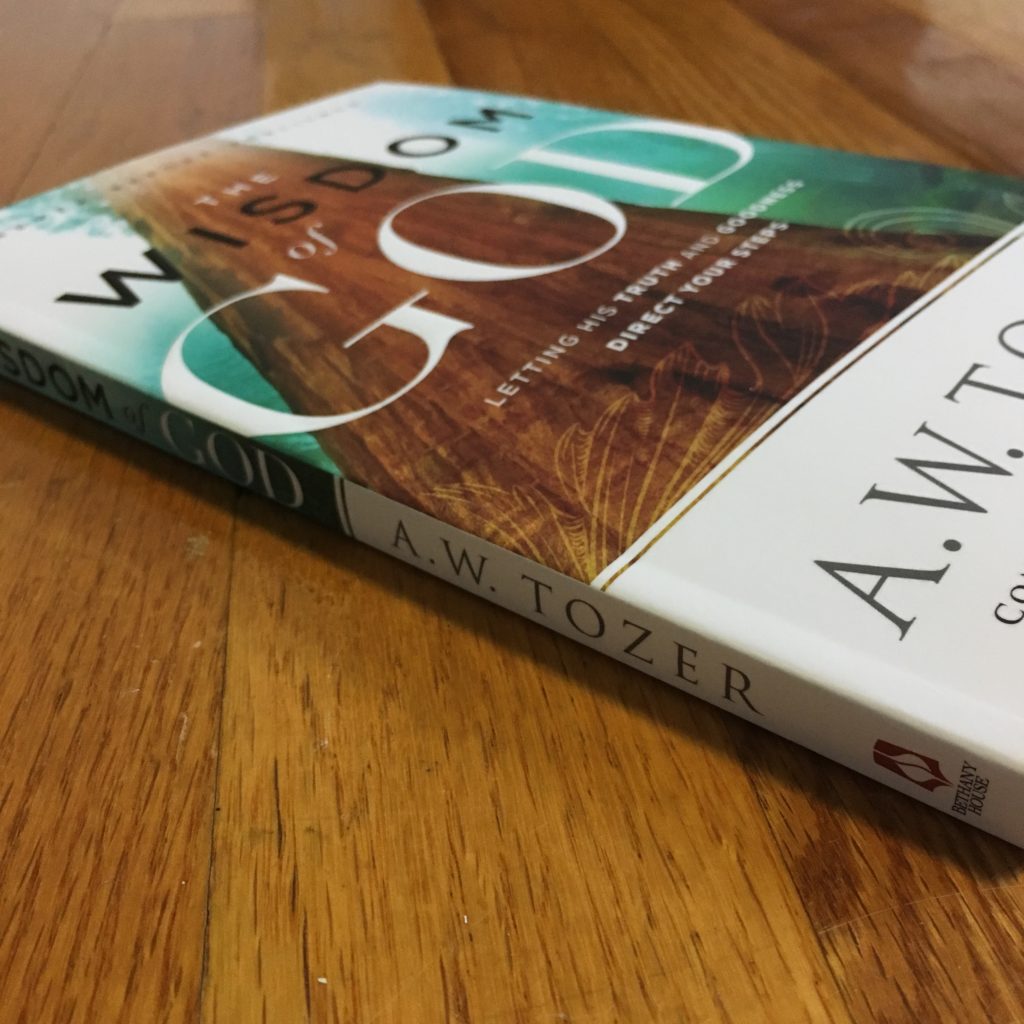


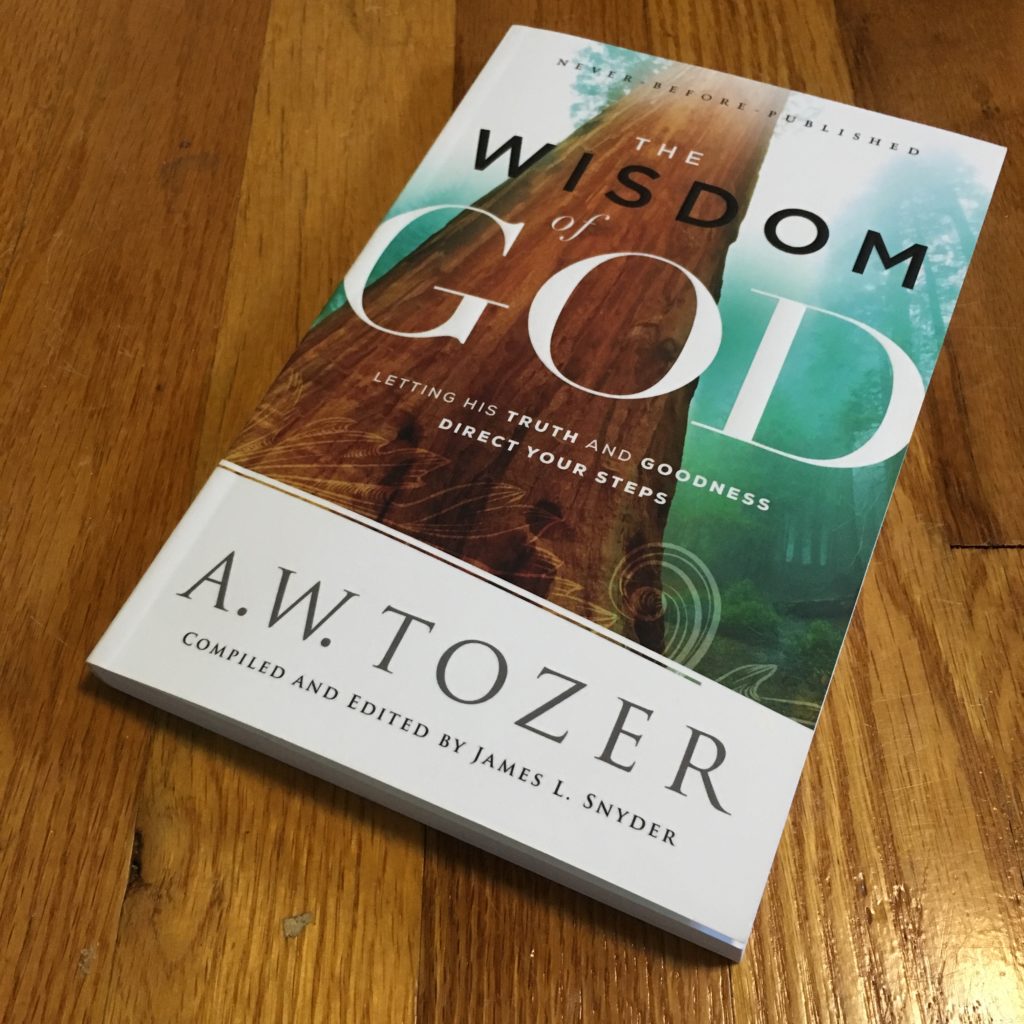
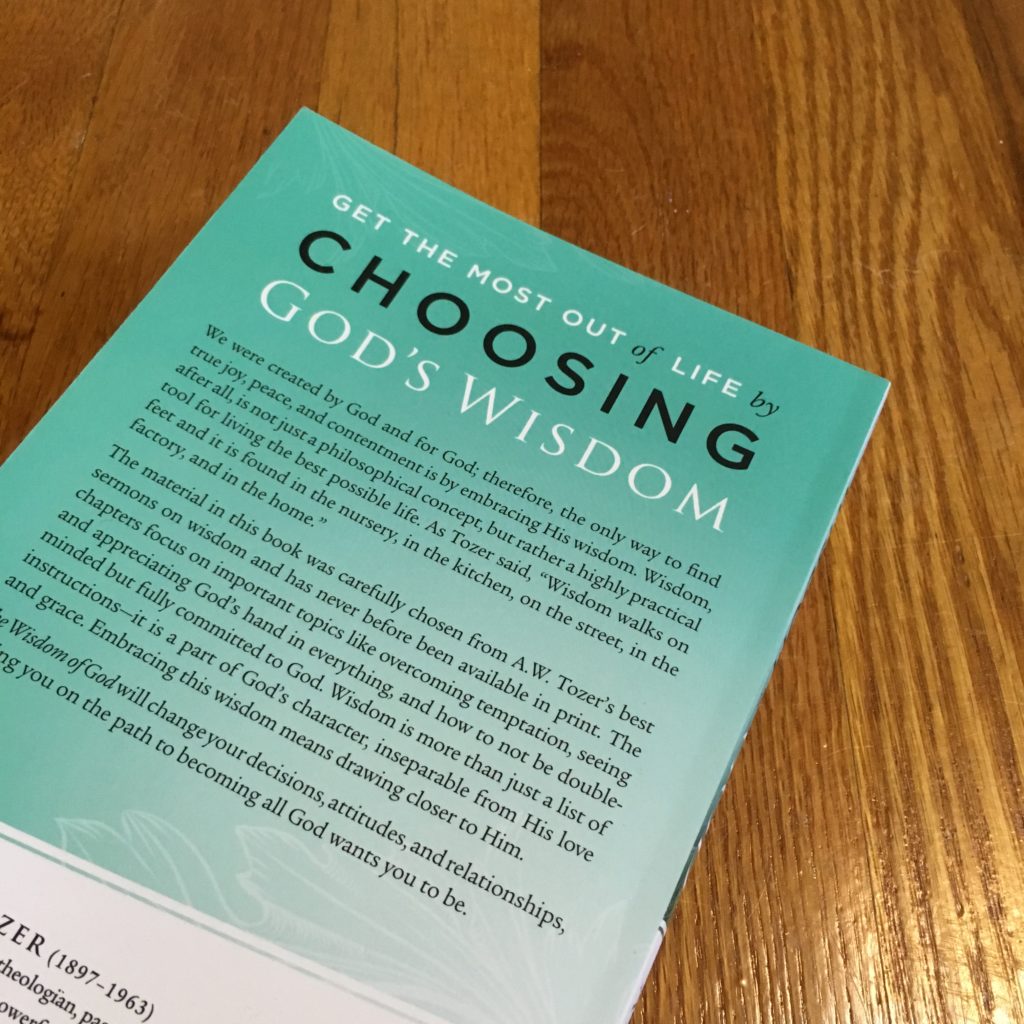









 Pepper Basham is an award-winning author who writes romance peppered with grace and humor. She currently resides in the lovely mountains of Asheville, NC where she is the mom of 5 great kids, speech-pathologist to about fifty more, lover of chocolate, jazz, and Jesus. Her debut historical novel,
Pepper Basham is an award-winning author who writes romance peppered with grace and humor. She currently resides in the lovely mountains of Asheville, NC where she is the mom of 5 great kids, speech-pathologist to about fifty more, lover of chocolate, jazz, and Jesus. Her debut historical novel,